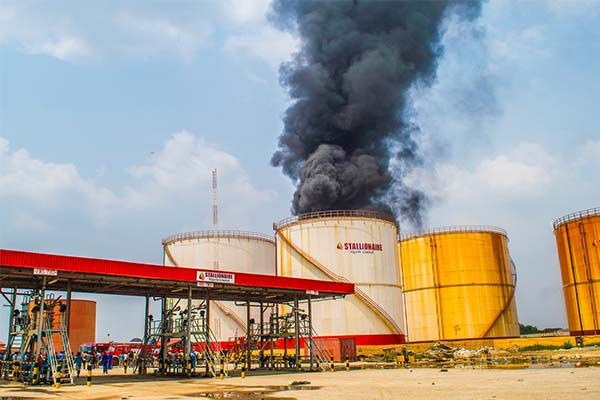The Central Bank of Nigeria (CBN) has reported a decline in the Capital Adequacy Ratio (CAR) of the banking industry to 12 per cent in July 2025, following the withdrawal of regulatory forbearance earlier granted to banks.
In its July 2025 Economic Report, the apex bank disclosed that the industry’s CAR dropped by 1.43 percentage points compared to the level recorded in the previous month.
According to the report, the decline resulted mainly from the end of temporary relief measures that had allowed banks to cushion the impact of macroeconomic headwinds on their balance sheets.
The Capital Adequacy Ratio measures a bank’s financial soundness and its ability to absorb shocks by comparing its capital to risk-weighted assets. A higher ratio reflects stronger resilience against potential losses and improved depositor protection.
Despite the decline, the CBN assured that the ratio remained above the 10 per cent regulatory threshold, indicating that the banking sector retained adequate strength to withstand credit and market risks.
“The Nigerian banking sector was broadly stable in the period, as most of the key financial soundness indicators remained within prudential benchmarks,” the CBN stated.
The report further revealed that the Liquidity Ratio (LR) of the banking sector strengthened to 62.86 per cent, well above the 30 per cent regulatory minimum, reflecting strong short-term solvency and capacity to meet obligations.
However, the Non-Performing Loans (NPLs) ratio rose by 2.17 percentage points to 7.80 per cent, surpassing the prudential limit of 5.00 per cent.
“Despite the moderation in capital adequacy and the rise in non-performing loans, overall asset quality remained broadly stable,” the CBN noted. “Enhanced supervisory vigilance and risk-based regulatory interventions have helped contain potential contagion and preserve systemic stability.”
The report underscores the CBN’s ongoing monitoring of financial soundness indicators to maintain confidence and stability in the Nigerian banking system amid evolving macroeconomic conditions.















